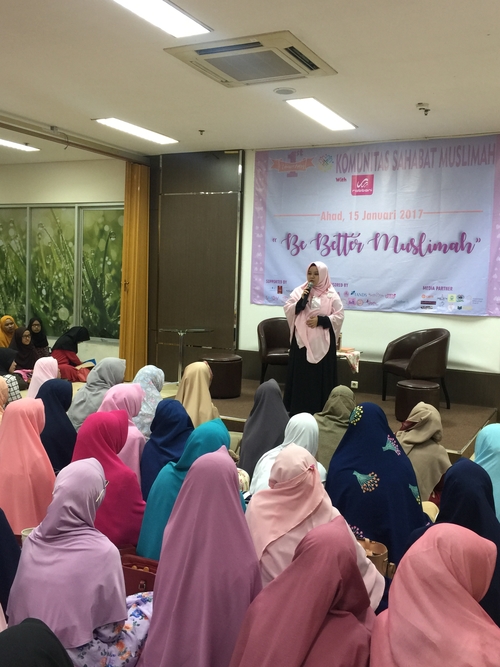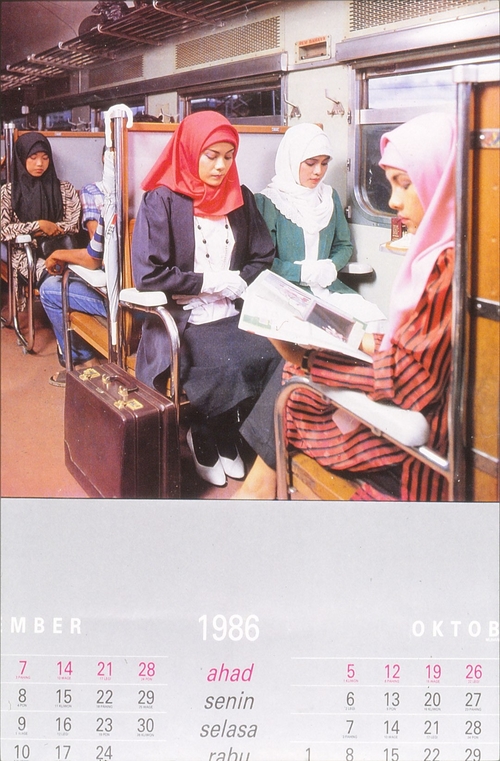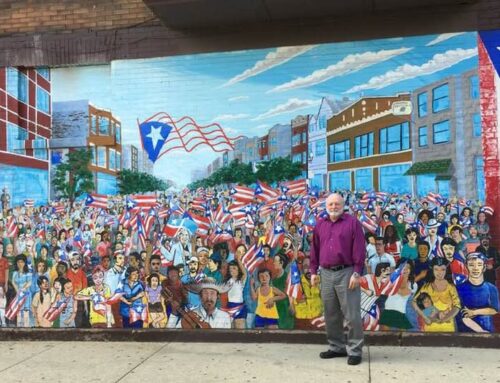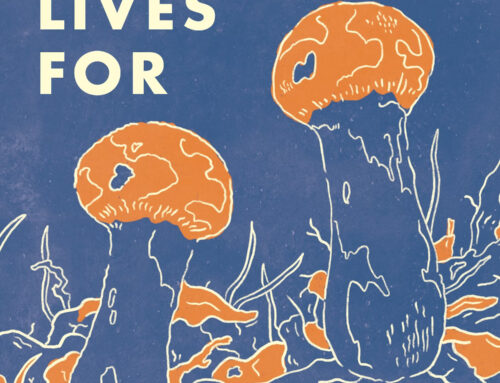by Eva F. Nisa and Suzanne Brenner
AES is pleased to share this interview celebrating one of two 25th Anniversary American Ethnologist articles from 1996. Eva F. Nisa, senior lecturer of anthropology at the Australian National University and Australian Research Council DECRA Fellow, interviews Suzanne Brenner, associate professor of anthropology at the University of California San Diego about her article “Reconstructing Self and Society: Javanese Muslim Women and ‘the Veil.’”

Suzanne Brenner
How do veiling practices recenter Muslim women’s piety and agency? This interview reflects upon the development of anthropological approaches to veiling, as well as the social and political transformations that have taken place within Indonesia over the past twenty-five years and the rise of the global Islamic movement.
Eva F. Nisa (EFN): Your article is a pathbreaking contribution to the study of veiling not only in Indonesia but beyond. It was published just one year before the Asian financial crisis hit Indonesia and two years before the fall of the New Order regime, which tried to maintain what you mentioned as being a “delicate balance” in facing Islamic influence in the country. Can you please tell us more about the time when this article was published? How were veiled women in Central Java positioning themselves as part of the broader global Islamic or Islamist movements?
Suzanne Brenner (SB): At the time that I did the research for this article, Indonesia had been undergoing very significant social changes: sustained economic growth, urbanization, and the ascent of the middle class, but also growing inequality and continued widespread poverty. Many people, especially younger ones, were unhappy with the capitalist development models, rampant corruption, and political repression that were associated with Suharto’s authoritarian “New Order” regime. The Indonesian Islamic movement, which was really more of an assemblage of many diverse Islamic groups than a unified front, allowed for the expression of alternative possibilities to the status quo during a period when other channels of protest were closed. It helped to lay the groundwork for the political mobilization and pro-democracy movement that ultimately led to the fall of the Suharto regime in 1998 during the Asian financial crisis.
University students played a key role in the rise of the Islamic movement and were among the first to take up hijab (or jilbab, a term widely used in Indonesia) in significant numbers in the 1980s. My interest in doing research on the veiling movement stemmed from my realization that these were often educated, middle-class, and sometimes politically progressive, feminist women who had other options open to them. I wanted to know more about what lay behind their decision to adopt the fairly strict religious and behavioral disciplines associated with wearing hijab. What I found most interesting was the intersection between their personal piety and the larger social and political contexts that were shaping their religious and social identities. This was clearly a situation where one needed to look at both personal and social/political factors to try to grasp what was motivating them.
Women who wore hijab were responding to local conditions in Indonesia, but they were also very clearly looking to and identifying with the burgeoning global Islamic movement. Adopting Islamic dress in the 1980s and early 1990s made a strong statement about an Indonesian woman’s religious identity and moral values, and her transnational orientation as a Muslim. It also subjected her to uncomfortable scrutiny, and sometimes criticism, by those who saw it as a sign of extremism or a misguided confusion of Islam with Middle Eastern culture. It was not an easy path to follow at the time.

Eva F. Nisa (left) during her fieldwork with women in the Islamist movement.
EFN: Can you please briefly share the broader context of research on women and Islam at the time you did your research and wrote your article, and how this has changed over time?
SB: In anthropology there were some excellent ethnographies of women in Muslim communities that aimed to show them as full social actors rather than as victims of patriarchal oppression, like Lila Abu-Lughod’s beautiful Veiled Sentiments (1986), but the Iranian Revolution and global Islamic resurgence brought heightened attention to women and Islam in anthropology and other fields in the 1980s and ‘90s. It’s impossible to characterize all of that research in one broad stroke, but there were a few trends in particular that I was speaking to in my article.
First, there was extensive interest in the gender politics of Islamist movements. This focused especially on Islamists’ perceived reassertion of patriarchal control over women, as part of a larger effort to return society to a moral order based on traditional ideals of the patriarchal family (Moghadam 1991). Partly in response to this, the scholarship on women and Islam was also grappling with how women were attempting to maintain autonomy and respect in societies where public space was dominated by men and where women who entered that space independently of men were often subjected to criticism or harassment. Some work on veiling tried to show how women were using modern Islamic dress strategically, to pursue higher education or work in the public sphere while still being seen as respectable Muslims. This literature was rightly pushing back against Western stereotypes of Muslim women as oppressed and lacking agency, but in focusing on the idea of veiling as personal strategy or resistance to patriarchy – “accommodating protest,” as one author put it – it was still wedded to Western models of agency, and tended to sidestep or underplay the issue of women’s actual piety (MacLeod 1992).
Viewed from Indonesia, especially Central Java, where my research was based, these approaches seemed particularly problematic. Women there were quite independent and publicly active both socially and economically. This was not a conventionally “patriarchal” society where women had to strategize to be able to enter the public sphere, or where many people were trying to return to a golden age of the past that revolved around the patriarchal family. The paradigms that had been used to make sense of the re-veiling movement in the Middle East just didn’t make sense in that cultural milieu. I felt that a different approach was needed to understand women’s motivations for veiling.
Research published in the early 2000s really moved the study of women and Islam forward. Saba Mahmood’s Politics of Piety (2005) offered a paradigm-changing approach to studying Muslim women’s piety and agency. Lara Deeb’s An Enchanted Modern (2006) was also very important. Although quite different, their work placed piety at the center of analysis and showed how it could not be decoupled from the study of religious women’s agency itself.

Young Islamist women organising a seminar titled “Be Better Muslimah.”
EFN: Your article raised theoretical questions regarding women’s agency and self-discipline before other scholars like Saba Mahmood published their work on agency and ethical life later in the 2000s. Can you please tell us more about the ethical approach to piety in your work? Do you see a connection between your work and the work of other scholars who later wrote about agency and ethical-moral subjects, and who also criticized the liberal feminist notion of agency?
SB: I was trying to explore ethnographically how veiling was part of a larger process of personal conversion to a global form of Islam that was also shaped by the social and political contexts of late twentieth-century Indonesia. At the time, the language of ethics wasn’t yet widely used in anthropological approaches to religion, and I didn’t use it in my article. Foucault’s influential work on ethics wasn’t published in English until 1997, to my knowledge. But in retrospect, what I was describing for young Javanese women can be understood as an ethical process of pious self-transformation and political action through the adoption of Islamic dress and disciplines.
When I later read Saba Mahmood’s brilliant work on the Egyptian mosque movement, so much of it resonated with what I had observed in Indonesia. She took the theoretical analysis to a much higher level, but I think that she and I were both delving into how women were actively involved in remaking their own subjectivities through the adoption of Islamic discipline or virtues, which involved forms of agency that did not fit with Western, liberal, feminist understandings of agency – an idea that she developed more explicitly. I wrote about veiling as a form of pious self-production that was simultaneously aimed towards the production of a society that would be guided by spiritual rather than consumerist or corrupt political values. Like Mahmood, I was concerned with showing that there were intellectual, emotional, and spiritual aspects to this process that all needed to be taken seriously if one really wanted to try to comprehend what religious conversion meant to these women. Both of us were trying to explore, in our own way, how our interlocutors exercized personal and political agency through their efforts to bring themselves into compliance with what they believed to be God’s law, even if that meant forgoing certain Western-style freedoms. And in both of our analyses, taking up Islamic dress and other pious disciplines was integral to the embodied process of cultivating and internalizing Islamic sensibilities, not just a way of signaling a personal conversion that had already taken place. But I am still in awe of the clarity and eloquence with which Mahmood developed these ideas in her work.
My interest in understanding gendered forms of ethical engagement in illiberal religious movements, and how they are shaped by social and political contexts, has remained with me since I did that research. Most recently I have been applying it to studying how American evangelicals have come to treat marriage as a pious ethical practice since the mid-twentieth century (Brenner, forthcoming).

Indonesian Women in Islamic dress depicted in a 1986 Hijab Calendar (Kalender Jilbab).
EFN: As you excellently pointed out, in the late 1970s and early 1980s, veiling served as a statement against Westernization and a sign of educated urban pious women. We can also see this phenomenon in other countries. At the same time, you argued that this was not a return to tradition, but rather was a call for an alternative modernity based on Islamic rather than on Western models. What did you see among Javanese Muslim women which made that especially clear?
SB: When I first went to Indonesia in 1982, very few women wore hijab. Being modern and global typically meant wearing Western-style clothing and orienting oneself culturally towards the West or Asia’s cosmopolitan centers. But over the course of the 1980s, a palpable process of Islamization took place in Indonesia, like elsewhere. Muslims were re-envisioning what it meant to be modern. Being a modern Muslim didn’t mean abandoning everything associated with Western-style modernity, although it was accompanied by broad critiques of Western cultural, economic, and political hegemony. In general, it meant dedicating oneself to learning about and prioritizing Islamic values within everyday life – although there were widely divergent interpretations of Islamic law, values, and dress, as one would expect.
A growing number of urban Indonesian women replaced their Western-style clothing with modern Islamic dress, which marked them as educated, often middle-class, pious women. Their dress frequently put them at odds with other local Muslims, including their parents. The hijab and the loose, covering clothing that went with it were entirely new to Indonesia; they looked nothing like traditional dress. There was no return to Indonesian Islamic tradition here, contrary to many Westerners’ assumptions about the global Islamic resurgence. What I observed in Java was just the opposite – it was a deliberate rupture with both the precolonial and the colonial/postcolonial past. They were distancing themselves from the local past in order to work towards a better, more moral, and more Islamic, future.
I was particularly taken with the conspicuously modern language that young women used to describe their conversion to veiling and Islamic activism: they spoke about “actualizing their potential” through veiling and their newfound awareness about Islam. These were well-educated women – some had studied anthropology, sociology, or law – who were very forward-looking. They wanted not only to improve themselves as Muslims but also to make a genuine contribution to society. What is striking now, a quarter century later, is just how deeply and indelibly they and their movement really did end up transforming Indonesian society.
References cited:
Abu-Lughod, Lila. 1986. Veiled Sentiments: Honor and Poetry in a Bedouin Society. Berkeley: University of California Press.
Brenner, Suzanne. Forthcoming. “The Ethics of Marriage in American Evangelicalism.” Journal of the Royal Anthropological Institute.
Deeb, Lara. 2006. An Enchanted Modern: Gender and Public Piety in Shi’i Lebanon. Princeton, NJ: Princeton University Press.
Foucault, Michel. 1997. Ethics: Subjectivity and Truth: Essential Works of Michel Foucault, 1954-1984, Vol. 1. Edited by Paul Rabinow, translated by Robert Hurley et al. New York: New Press.
MacLeod, Arlene. 1992. “Hegemonic Relations and Gender Resistance: The New Veiling as Accommodating Protest in Cairo.” Signs 17 (3): 533–57.
Mahmood, Saba. 2005. Politics of Piety: The Islamic Revival and the Feminist Subject. Princeton, NJ: Princeton University Press.
Moghadam, Valentine. 1991. “Islamist Movements and Women’s Responses in the Middle East.” Gender and History 3 (3): 268–84.
Cite as: Nisa , Eva F. and Suzanne Brenner. 2021. “The 25th Anniversary of “Reconstructing Self and Society: Javanese Muslim Women and ‘the Veil’” American Ethnologist website, 25 November 2021 [https://americanethnologist.org/features/interviews/the-25th-anniversary-of-reconstructing-self-and-society-javanese-muslim-women-and-the-veil]




